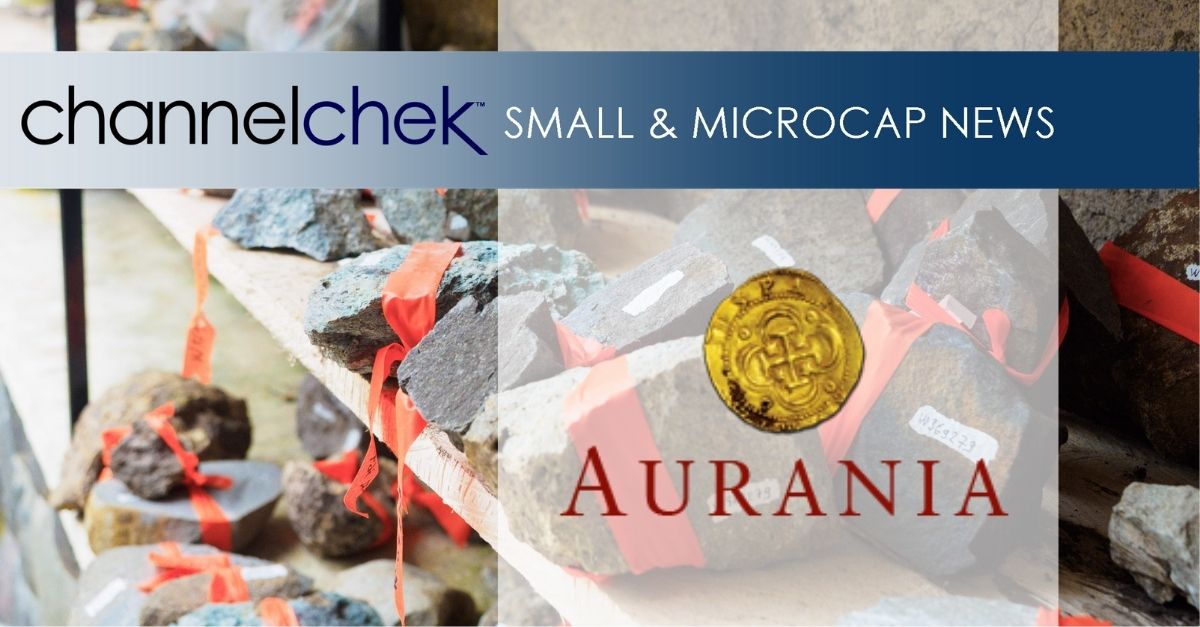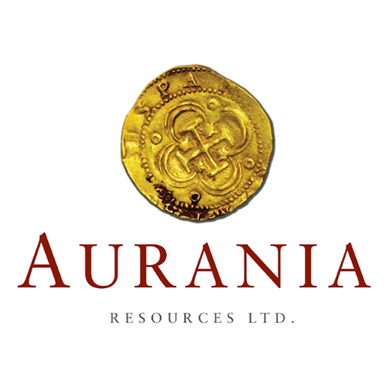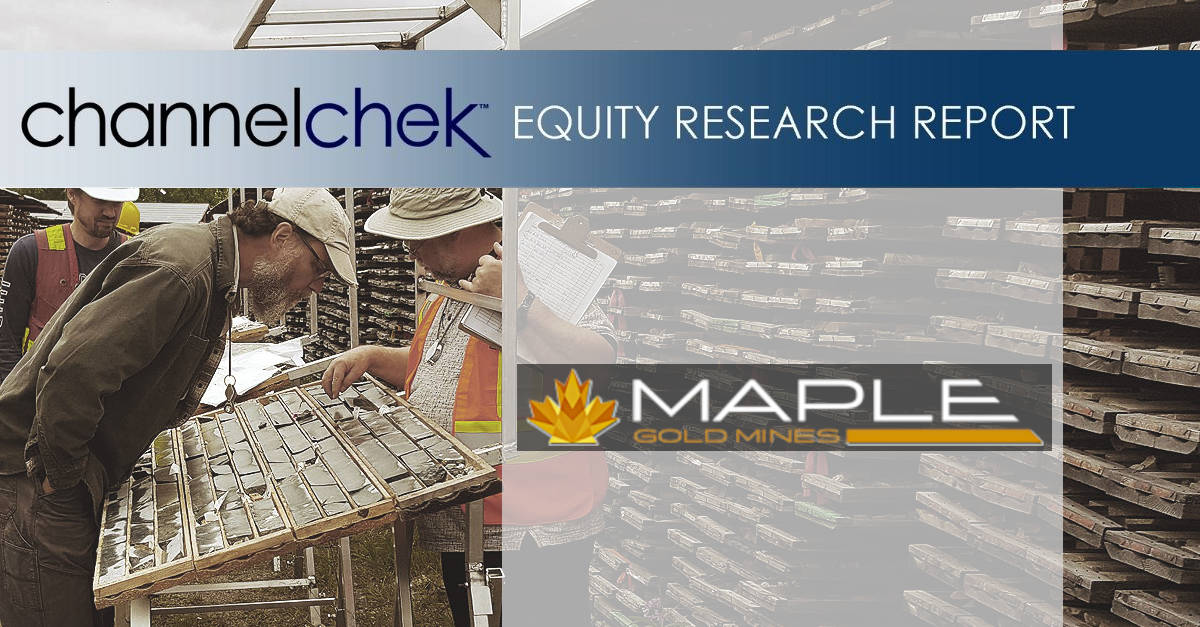| Key Points Summary: – Waraba Gold is acquiring up to an 80% stake in Somaco Global Resources, gaining access to prospective gold and manganese licences in northern Ivory Coast. – The deal involves a $500,000 initial payment, $1.5 million over two years, and $5 million in exploration commitments, alongside issuing six million common shares. – Waraba has suspended operations in Mali due to security concerns but remains committed to resuming activities when conditions improve. |
Canadian mineral exploration company Waraba Gold has entered into an earn-in agreement to acquire up to an 80% stake in Somaco Global Resources, a move that strengthens its footprint in the West African mining sector. Somaco Global holds two highly prospective gold licence applications in northern Ivory Coast, a region known for its rich mineral deposits. These include the Sirasso licence and the Tengrela & Tiegba licences, both located near existing gold mines and mineralized shear zones.
One of the most significant assets in this deal is the Sirasso licence, covering 369.34km² in the Senoufou greenstone belt, an area recognized for its high gold potential. This licence was previously held in a joint venture (JV) with Barrick Gold, one of the world’s leading gold producers. Historically, greenstone belts have yielded high-grade gold deposits, and the Senoufou belt is no exception. Waraba’s investment signals confidence in the region’s potential for large-scale gold discoveries.
In addition to Sirasso, Waraba Gold gains access to the Tengrela & Tiegba licences, which span a combined area of nearly 767km². These licences are not only prospective for gold but also manganese, a critical mineral in steel production and battery technologies. The proximity of these licences to existing gold mines further enhances their exploration potential.
Under the terms of the agreement, Waraba Gold will gradually acquire an 80% stake in Somaco Global Resources over four years. The investment involves an initial payment of $500,000 to Somaco’s shareholders within the next two months, an additional $1.5 million to be paid over a two-year period, exploration commitments totaling $5 million over the next four years, and the issuance of six million common shares to Somaco shareholders upon the signing of a definitive joint venture agreement.
To finance the initial commitments, Waraba Gold announced plans to raise up to $500,000 through non-convertible unsecured debentures. These funds will also provide general working capital for the company’s operations. In addition, Waraba Gold will appoint two Somaco nominees as directors, further integrating the companies and ensuring a strategic partnership moving forward.
Alongside the Ivory Coast expansion, Waraba Gold provided an update on its Mali operations, revealing that it has temporarily suspended activities at the Fokolore Gold Project due to security concerns. Despite setbacks, Waraba remains committed to the Malian mining sector, having submitted a letter of intent for a mining permit in June 2024. However, with ongoing political instability, the company is waiting for conditions to improve before resuming full-scale operations.
West Africa has emerged as one of the fastest-growing gold mining regions globally, attracting major industry players. However, political uncertainties in countries like Mali have raised concerns among investors. Recently, CEOs of leading gold mining companies stated that Mali’s new mining code requires adjustments to encourage further foreign investment. Regulatory changes will play a crucial role in shaping the future of the region’s mining industry.
Waraba Gold’s agreement with Somaco Global Resources marks a strategic expansion into the Ivory Coast, an increasingly important gold-producing nation. By securing access to high-potential licences, Waraba is positioning itself for long-term growth in the West African mining sector. With ongoing fundraising efforts and a commitment to exploration, Waraba Gold aims to unlock significant value from its new assets. However, challenges in Mali and broader market uncertainties may still impact the company’s overall trajectory in the coming years.















